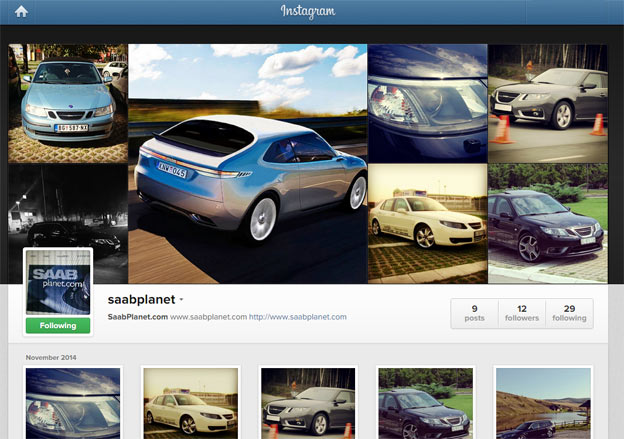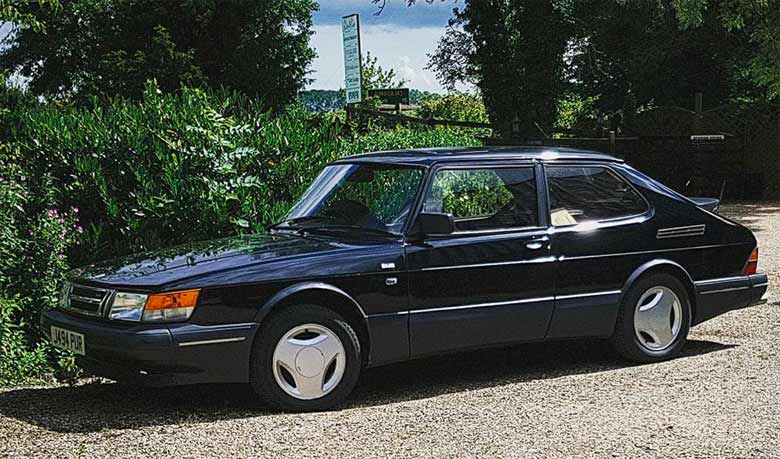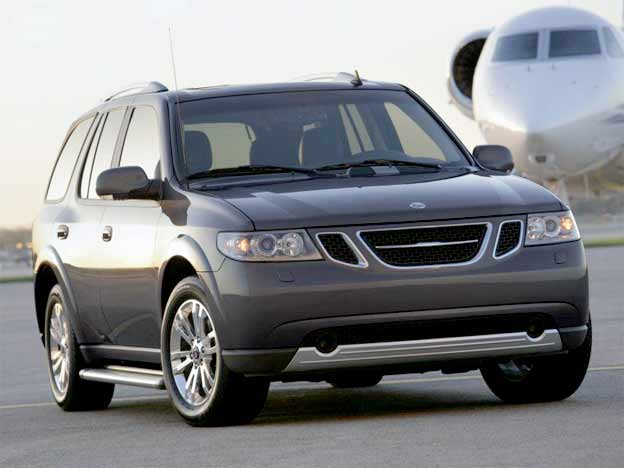“Modern Classics” magazine is a relatively fresh magazine to driving, buying and enjoying the finest cars from the 1980s, 1990s and 2000s. Modern Classics magazine brings you the best hero cars from the 1980s, 1990s and 2000s. They celebrate the hot hatchbacks, super-saloons, GTs and supercars that made motoring great and turn bedroom walls into a reality.
In one of the latest issues in their magazine, a guide to buyers of the “modern” classic Saab 900 model was published. Here we are republsih you the most interesting recommendations, for those who want to buy this wonderful car.
How it all started? In 1984, Saab pulled off the ultimate coup when it broke the BMW-Mercedes-Porsche deadlock on the small executive performance ca rmarket with its Saab 900 T16. For those who needed a discreet performance car and didn’t want a rear-wheel drive “Swabian”, it was the only credible alternative.

Here’s what to pay attention to those who decide to buy a Saab 900:
ENGINE
Skimping on oil changes will eventually kill the turbo, says Saab flight chief mechanic Darren Hoad. ‘We recommend 5W-30 fully synthetic every 6000 miles, regardless of whether or not it’s a Mitsubishi or Garrett unit.’ The age of even the youngest 900 T16 makes them susceptible to headgasket failure. White water marks on the turbo are the giveaway. Correctly serviced engines can do 250,000 miles, but timing chains will get noisy between 100,000 and 140,000. The 900 T16 B202 is an interference design, so ignore it at your peril.
GEARBOX
The Achilles heel of any high performance Saab – and the 900 T16 is no exception. The 900’s gearbox and differential sit under the engine, driven by a chain. Too many hard starts, unsympathetic tuning or a worn front engine mount will quickly damage the internals.
Suspension
Tough and hard-wearing, but the bottom bushes on the front shocks can clonk, and the rear springs can fail, causing the back end to droop.
Body&Structure
900 T16s were well rust proofed at the factory. Saab flight says that patches of rust away from known trouble spots can mean the car has had an accident and then been poorly reassembled. Front chassis rails can rust where the drive shaft spoke through, and the battery tray is notorious for rotting under a leaky battery.
Brakes and Steering
Both sturdy, but neglected pre-1986-87 handbrake mechanisms can give trouble. By the late 1980s, 900 handbrakes operated on the rear wheels. Steering racks are normally long-lived, but leaks and bush failures can occur.

Interior and Trim
Headlining cardboard and foam backing pull away from the roof skin over time. On older, cheaper 900 T16s the headlining will be pinned up. ‘Sunroof-equipped cars are the worst for it,’ says Darren. ‘You can get all the materials to repair a headlining, but it’s a fiddly job. Don’t expect much change from £750 for a poorly headlining to be fixed.’ Door cards can warp and pull away from the doors, and dashboards can crack around the speaker grilles. Switchgear normally goes the distance. You’ll be cannibalising a scrap car for replacements in the event of failure.
There are still some useful shopping tips here, so here we have listed only the most typical ones for this model. Find the rest of the helpful advice in the December edition of the “Modern Classics” magazine.











